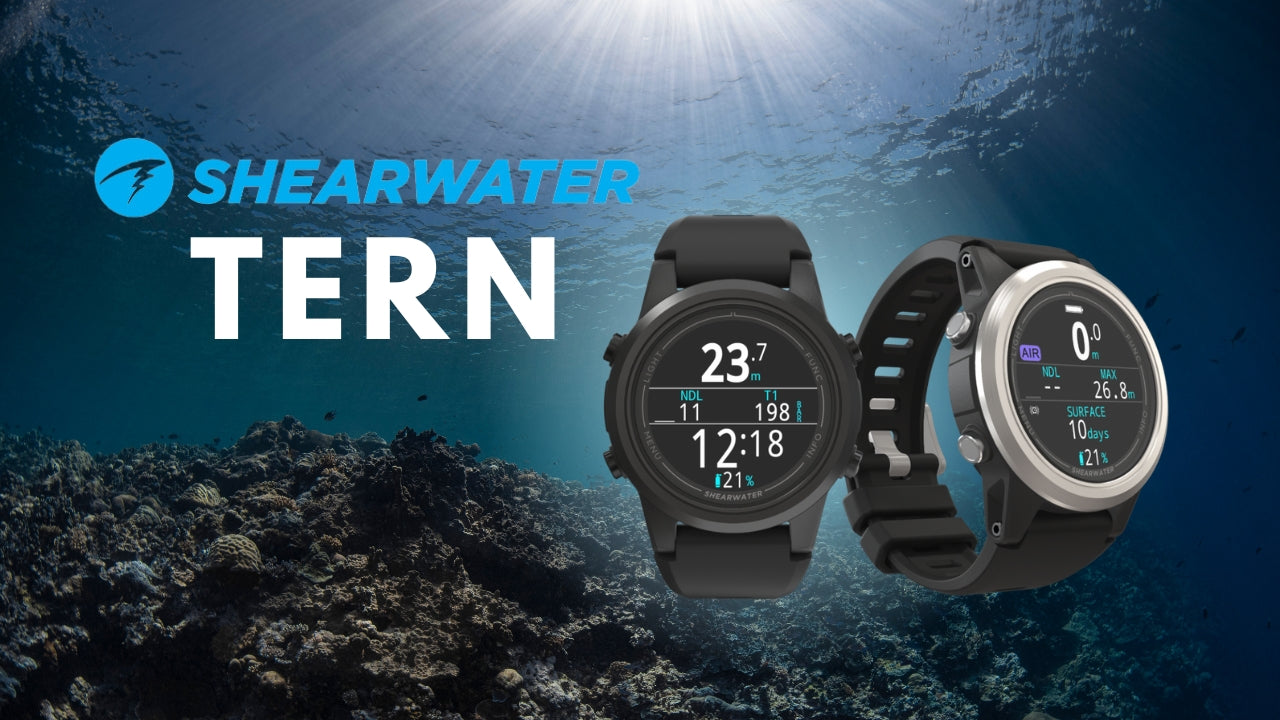Snorkeling, Scuba, and Freediving Fins: What's the Difference

Whether you're into snorkeling, scuba diving, spearfishing or freediving, fins are among the most essential pieces of equipment to have. They help you easily move through the water both on and under the surface. That being said, fins come in a variety of shapes and sizes, each designed for specific conditions and activities.
In this article, we’ll share a few key differences between the various types of fins on the market so that you can decide which design will work best for your sport.
Snorkeling Fins

Snorkeling is a very popular and widely accessible activity that doesn’t require fancy equipment or much experience and can be done at shallow depths. The design of a snorkeling fin reflects the nature of this pastime and is usually very simple. Think flexible and light.
Snorkeling fins typically have shorter blades, which makes it easy to maneuver and requires less strength to paddle on or just below the surface of the water. It's also much safer to use in crowded snorkeling sites since there’s less chance to accidentally kick someone behind you or damage the coral reef when swimming near them. An added benefit of the shorter fin is the ease with which snorkelers can get in and out of a boat or walk right onto the beach.
Travel fins for snorkeling are about 15-20 inches (38-50 cm) long (including the foot pocket) while the more traditional snorkeling fins can reach up to 25 inches (64 cm). Some feature an open heel design, but most come with a full foot pocket, eliminating the need for boots or socks.
Key Features of Snorkeling Fins:
- Simple design;
- Shorter blade;
- Flexible materials;
- More portable and travel-friendly;
- Easy to maneuver and require less strength to paddle.
Scuba Fins

Diving fins are designed for more challenging conditions and aim to give you more power in the water since the weight and volume of the equipment make you less hydrodynamic.
Although they come in variable length and flexibility, scuba fins are typically longer than snorkeling fins. They measure between 25-30 inches (64-76 cm) and often feature various design solutions for higher kick efficiency and control. For instance, advancements such as integrated channels or a split fin design allow the diver to move more rapidly while reducing fatigue. Diving fins also tend to be stiffer and thicker for increased durability and power. Keep in mind though, the longer and more rigid the fins are, the more propulsion they will give you, but your muscles will have to work harder to move them.
As for the foot pocket, the majority of scuba fins have an open heel design to accommodate dive boots.
Key Features of Scuba Fins:
- More streamlined design;
- Longer blade;
- Stiffer and thicker materials;
- Foot pockets offer space for dive boots;
- Create more powerful kicks while reducing fatigue for longer dives.
Freediving Fins

Freediving fins are instantly recognizable among the three thanks to their long blades. Standard freediving fins measure about 31-38 inches (79-97 cm), excluding the foot pocket. Such long blades displace more water per kick, which means that the diver can propel him/herself through the water rapidly, covering more distance using less time, oxygen and energy. On the downside, maneuvering in these fins requires a certain amount of skill, so they are not ideal for exploring close to reefs or in tight spaces.
In terms of flexibility, freediving fins tend to be on the stiffer side, this combined with the length means that each kick may be harder to do, especially if you don’t have particularly strong leg muscles. As you get used to the new technique and your muscles grow, however, this style really pays off in power.
The blades on freediving fins generally come in three different materials: plastic, fiberglass or carbon, so are quite fragile. The foot pocket is usually full.
Key Features of Freediving Fins:
- Very long blade;
- Plastic, fiberglass or carbon materials;
- Full foot pockets;
- Create very powerful kicks, but require skill and strength;
- Don’t fit into standard length bags, are fragile and not travel-friendly.
Within the world of freediving fins, there is also the monofin. In this design, a pair of foot pockets are attached to a single blade, which creates something like a whale’s tail. While tricky to get used to, this design is supposed to be the most efficient way to propel yourself through the water. Just like freediving bi-fins, the monofin can be made from plastic, fiberglass or carbon fiber. The blade is usually thickest towards the foot pockets and thinner towards the edge. The softer the blade, the easier it is to move through the water. Stiffer fins are more powerful but require greater strength.
Is the Crossover Possible?
One of the most common questions regarding different fin styles is whether it is possible to use a particular type of fin for multiple activities.
The short answer is a hesitant yes, but it really depends on the circumstances and your goals.
Snorkeling, for instance, is the least specialized in terms of equipment, so using a pair of scuba or even freediving fins is not going to be anything more than an inconvenience. When it comes to diving, however, the fin choice has a stronger impact.
Small snorkeling fins are generally not recommended for scuba diving because they lack features that divers need for greater depths and stronger currents.
Freediving with shorter fins is also not ideal, especially if prioritize performance, as you will be getting more comfort but sacrificing depth and underwater time.



![9 Best Dive Computers in 2024 [Reviewed & Updated] - DIPNDIVE](http://dipndive.com/cdn/shop/articles/best_computers2.jpg?v=1658752532)
